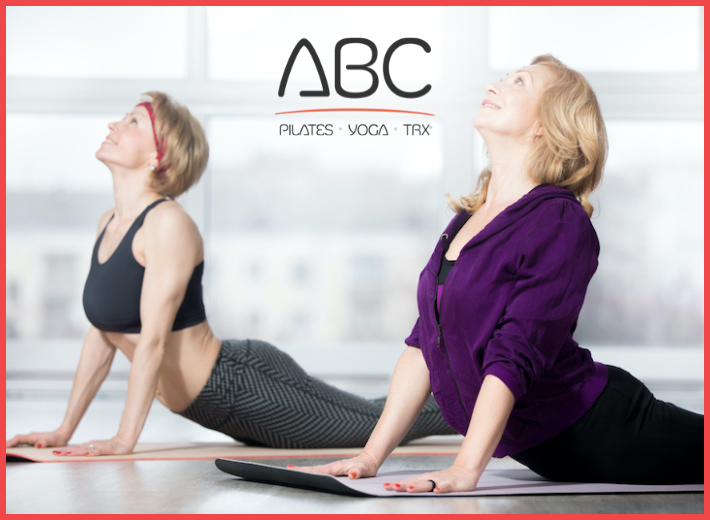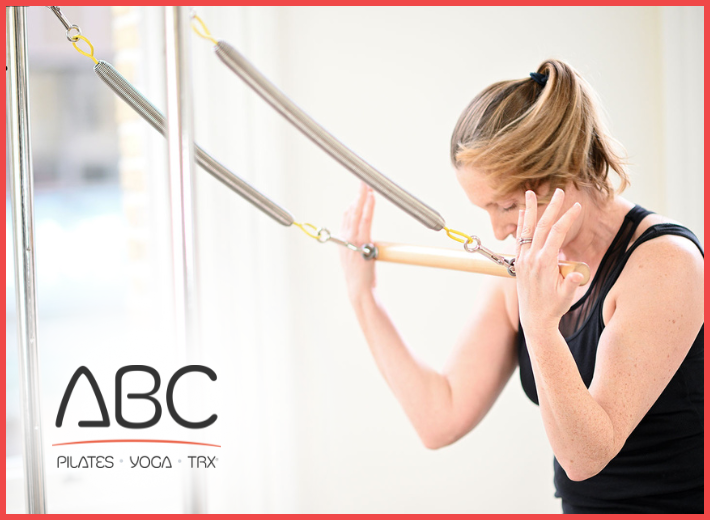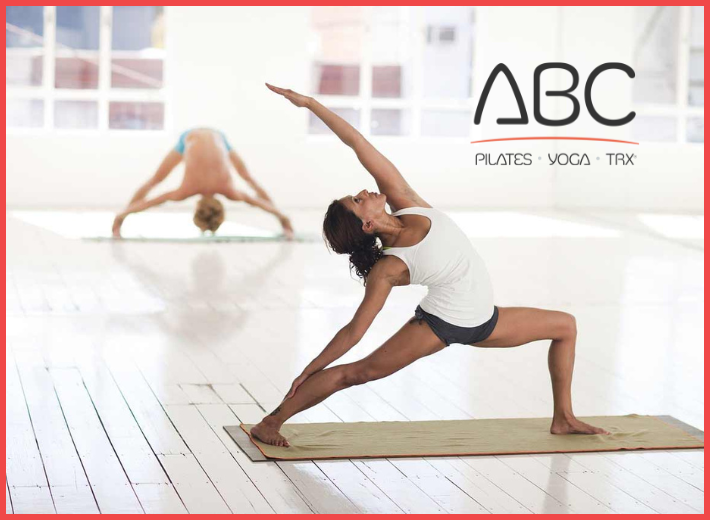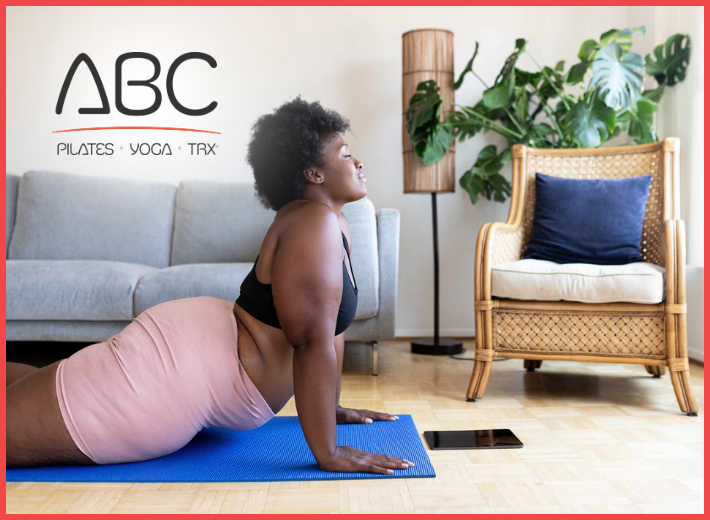
Are you looking for a way to boost your immune system and improve your overall health? Exercise may be the answer you’re looking for. While we know that exercise has many benefits for our physical and mental well-being, did you know that it may also have a positive impact on our immune system? Learn more about how you can use fitness to your immune system’s advantage, including how much exercise is needed and what types of exercises are most effective.
You can boost your immune system with stress management and a balanced diet, but exercise also boosts your immune system, supporting your overall health.
Of course, lacing your sneakers for a run can sometimes feel like the last thing you want to do. But the simple act of moving your body more can provide a powerful tool for fighting infection. The catch? Not all exercise is entirely helpful to your immune system.
To explain the connection between exercise and immunity, Health spoke with experts who have studied exercise’s effect on the immune system. Here’s how to make the most of your workouts for your overall health.
How Does Exercise Boost Your Immune System?
In addition to improving your mental health, a 2019 scientific review in the Journal of Sport and Health Science found that exercise can improve your immune response, lower illness risk, and reduce inflammation.
The study looked at “acute exercise,” meaning moderate to vigorous intensity lasting less than an hour. (The study mainly examined walking, which could also mean an elliptical workout, a spin class, or even a run.)
Study author David Nieman, DrPH, a professor in the department of biology at Appalachian State University and director of the university’s Human Performance Laboratory, told Health that typically, people only have a small number of immune cells circulating the body. Those cells prefer to hang out in lymphoid tissues and organs like the spleen, where your body kills viruses, bacteria, and other microorganisms that cause disease.
Increases Blood and Lymph Flow
Because exercise increases blood and lymph flow as your muscles contract, it also increases the circulation of immune cells, making them roam the body at a higher rate and higher numbers, said Dr. Nieman. Specifically, exercise helps to recruit highly specialized immune cells— such as natural killer cells and T cells — find pathogens (like viruses) and wipe them out.
In Dr. Nieman’s 2019 review, participants who took a 45-minute brisk walk experienced this uptick of immune cells floating around the body for up to three hours after the walk.
Better Immune Response With Consistency
While you get an immediate response from your immune system when you exercise, that will eventually go away — unless, that is, you keep working out consistently. “If you go out for 45 minutes of exercise the next day, this all happens again,” said Dr. Nieman. “It all adds up as time goes on.”
Another study by Dr. Nieman and his team found that those who did aerobic exercise five or more days a week lowered the number of upper respiratory tract infections (like the common cold) over 12 weeks by more than 40%.
In 2022, research published in the British Journal of Sports Medicine looked at 16 studies of people who stayed physically active during the pandemic. The researchers found that exercising was associated with a lower risk of infection and a lower likelihood of severe COVID-19. People from around the world who worked out regularly had a 36% lower risk of hospitalization and a 43% lower risk of death from COVID-19 than those who were not active.
Think of the lasting immune effect of exercise like this, explained Dr. Nieman: Say you have a housekeeper come over to clean your home for 45 minutes most days of the week. The house will look a lot better on that first day than if someone never came. But the more frequently the housekeeper returns, the better and cleaner the house will look.
“Exercise really is a housekeeping activity, where it helps the immune system patrol the body and detect and evade bacteria and viruses,” said Dr. Nieman. So, you can’t necessarily exercise one day here and there and expect to have an illness-clearing immune system. Come back for more movement regularly, and your immune system is better prepared to wipe out sickness-causing germs.
This holds up, even as you get older.
Decreases Inflammation
Another benefit of exercise is that it decreases inflammation in the body — which, in turn, can also improve immunity. Some research noted that exercise can enhance immune function and reduce inflammation.
According to Dr. Nieman, decreased inflammation goes hand-in-hand with immunity. “When immune cells try to function with inflammation, it puts the immune system in a chronically inflamed state too,” said Dr. Nieman, which makes it harder to fight infection. To cut down on inflammation, kick up your activity level.
What’s the Best Type of Exercise To Boost Immunity?
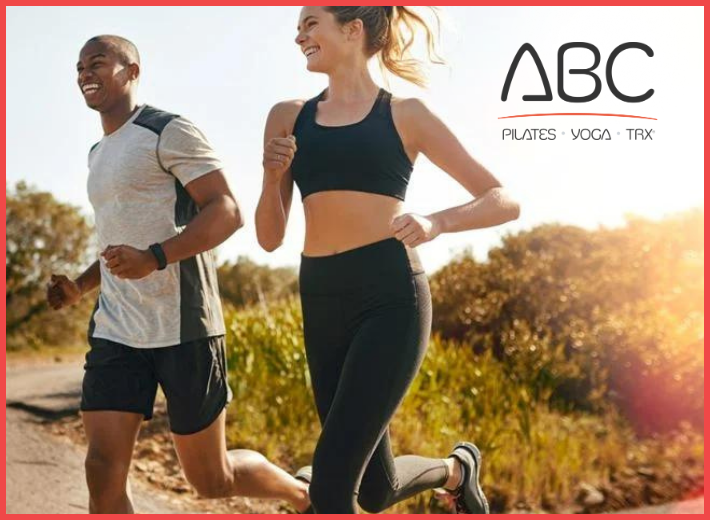
There’s limited research on the best type of exercise to boost immunity. Most studies, including Dr. Nieman’s, looked at aerobic activity — think walking, running, or cycling.
Walking
To gain the benefits, it’s best to push the pace a bit when walking. “For most people, we’re talking about a 15-minute mile,” said Dr. Neiman of the average pace that led to promising results in his studies. “That’s sufficient stimulus to recruit immune cells into circulation.” For other forms of exercise, aim to reach about 70% of your max heart rate, suggested Dr. Nieman.
HIIT Workouts
There’s less science on high-intensity interval training workouts (or HIIT, a popular type of exercise) and whether they help your immunity. One study from 2018 published in the journal Arthritis Research & Therapy, which focused on arthritis patients, found that HIIT could improve immune function. Another 2014 study in the Journal of Inflammation Research found that HIIT workouts don’t lower immunity.
In general, said Dr. Neiman, interval workouts are likely OK. “Our bodies are used to this back-and-forth nature, even for a few hours, as long as it’s not unrelenting high-intensity exercise,” said Dr. Neiman.
Strength Training
The same goes for strength training — it likely helps your immune system, but there’s less research backing up its benefits on immunity. Adam Jajtner, Ph.D., CSCS, assistant professor of exercise science and physiology at Kent State University, who has also studied exercise and the immune response, touted resistance training as a smart strategy for improving immunity.
However, Dr. Jajtner cautioned against severe muscle-damaging workouts, like lifting super heavy or doing eccentric exercises (slowing down the downward phase of a movement) so that the muscle repair process doesn’t compete with your immune function. So, unless you’ve regularly been keeping up with a workout like CrossFit, now’s probably not the time to start a new high-impact strength routine.
Can Exercise Harm Your Immune System?
Like all good things in life, science says you can overdo exercise. Pushing yourself too hard for too long can put you at higher risk of infection—but you have to go pretty far past that “acute” level of training to experience adverse side effects.
For example, previous studies have found that extreme exercise can increase the risk of illness in marathon runners. Dr. Nieman published a 1990 study in the Journal of Sports Medicine and Physical Fitness and a 2007 study in Sports Medicine describing the adverse changes to immunity after marathon-type exertion.
But Dr. Nieman said this negative effect could come into play if you’re running at a high intensity for at least a half-marathon distance or cycling or swimming at a challenging pace for about 90 minutes. Any of these longer, more intense activities can cause stress on the body, which could lead to lowered immune function.
“You put yourself in a stressful state, so your immune system reflects that and leads to dysfunction that can last anywhere from a few hours to a few days,” said Dr. Nieman. High-intensity activity for more than an hour might not be the best idea right now if you’re focusing on keeping your immune system in top shape.
In a 2021 review published in Sports Medicine, researchers looked at potential health problems experienced with ultra-endurance running (UER). The researchers found that, following UER, there is a transient immunosuppression for several hours, which could increase the risk of viral and bacterial infections.
Dr. Jajtner agreed that spending weeks incorporating super high-intensity workouts into your schedule could backfire. “If you’re looking at exercise in a chronic sense, there’s something we refer to as the J curve — over time, as you continue to exercise at a moderate intensity for weeks to months, your risk for infection will decrease,” said Dr. Jajtner. “But if you do excessive and intense exercise, you increase risk of infection.”
Exactly how long and how hard you can push yourself before you reach that excessive and intense level of exercise ultimately comes down to how well you’re trained, but you might want to focus on maintenance rather than intensity. “Moderate intensity is the best route, but maintaining that activity, in some form or fashion, is going to be key,” said Dr. Jajtner.
A Quick Review
While other lifestyle habits like eating fruit, managing stress, and getting quality sleep can also help reduce risk of illness, exercise is an effective way to boost your immune system. People who work out regularly experience fewer infections if they don’t push themselves too hard.
It’s essential to keep a regular exercise routine and not overdo it. Aerobic workouts like running and cycling are excellent immune boosters. But, if you’re super new to exercise (and have your healthcare professional’s approval to start a fitness program), walking is a great way to ease into exercise. Dr. Jajtner suggested going out for even 10 minutes two to four times a day. Then work on gradually increasing that time.
Ready to boost your immune system and improve your health? Why not try dancing or Pilates as a fun and engaging way to get moving? ABC Fit Studio offers a variety of classes for all levels. Come join our Facebook community and give us a call at (949) 305-3310 to sign up for a class today!
Reference: [https://www.health.com/fitness/does-exercise-boost-immunity]

